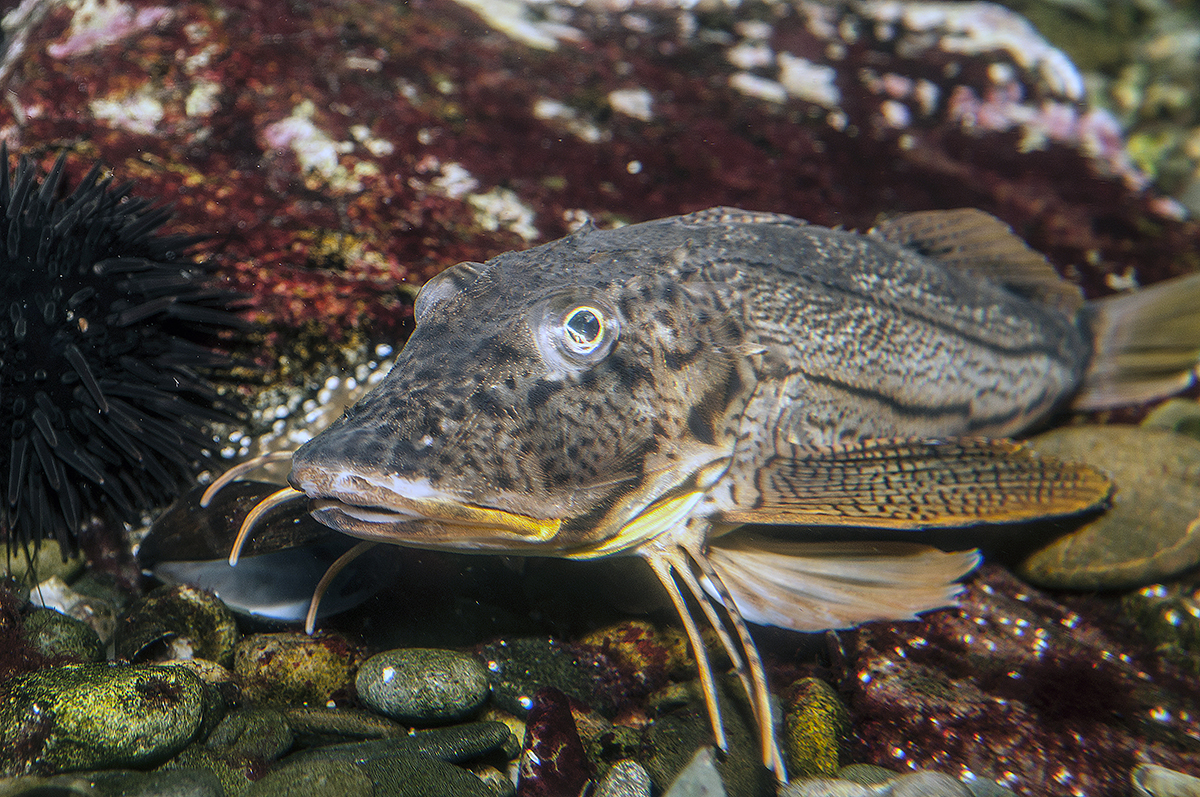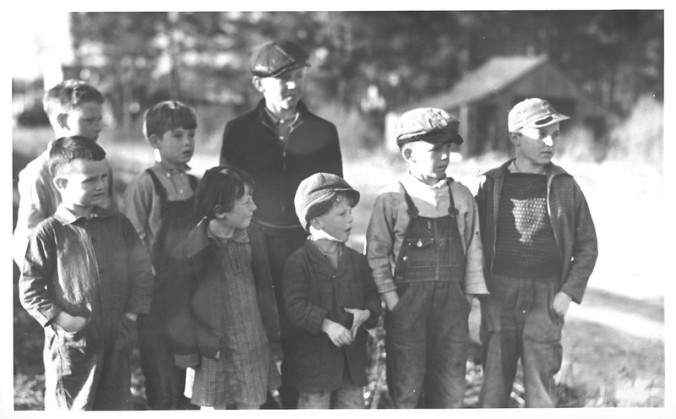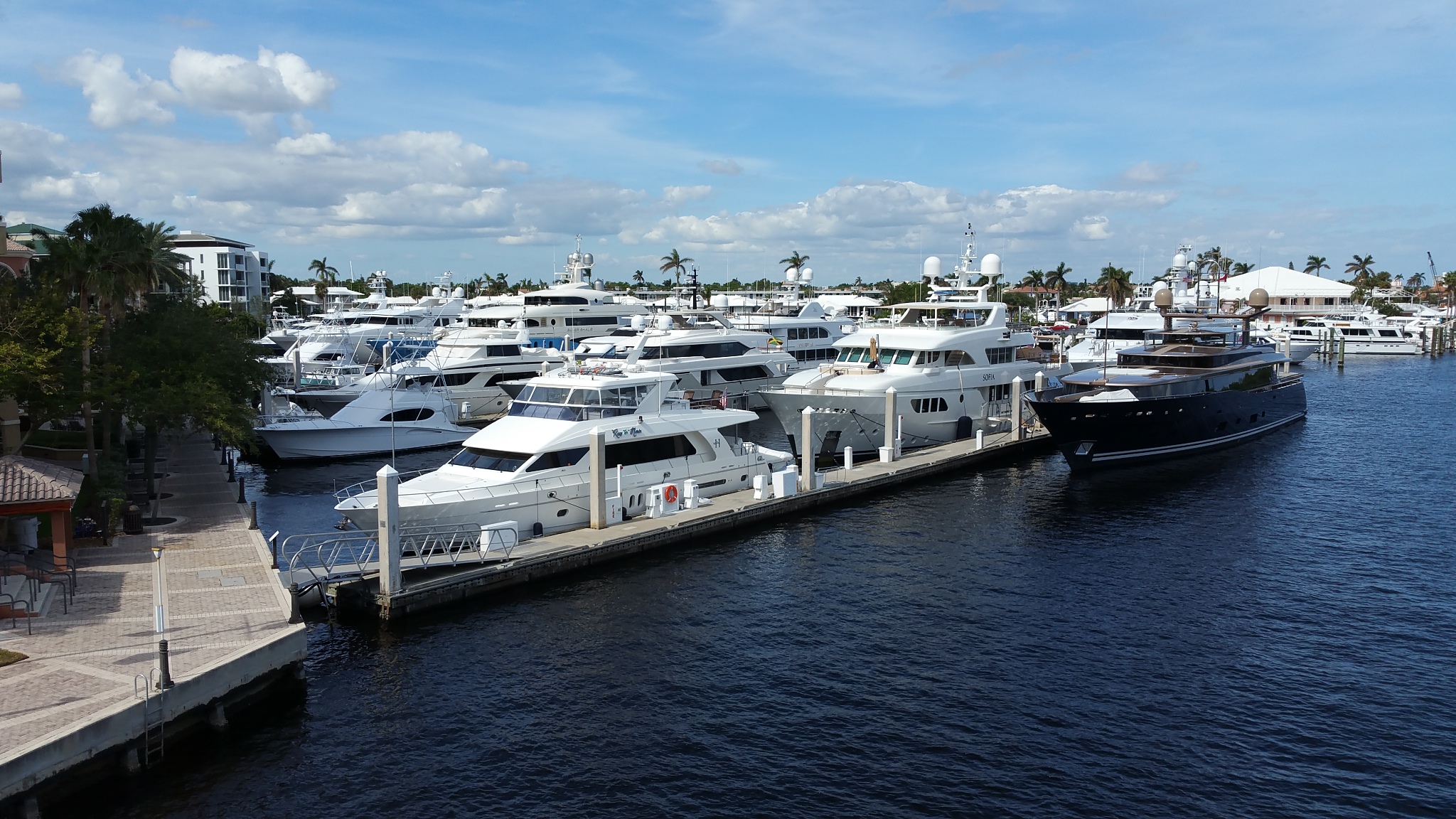GADNR Seeks Applicants for Coastal Marshlands, Shore Protection Committees
|
|
An interesting report on the early development of the Southwest Florida Waterway.
History of the Intracoastal Waterway
Bradenton Times

View of the Intracoastal Waterway at Lido Beach circa 1946. Photo: State Archives of Florida
 |
View of the Intracoasta Waterway at Lido Beach circa 1946. Photo: State Archives of Florida |
Sunday, Jan 16, 2022 |
Back in the 1890s, when people were just starting to realize the agricultural potential of the area, it became clear that there was an advantage to transporting popular exports like citrus, vegetables, livestock, lumber and fish to neighboring villages through inland waters, which were sheltered from severe weather and could provide safe passages to shallow-draft vessels unable to go offshore.
Local communities requested the assistance of the federal government and the United States Congress committed $5,000 for the project. In 1895, the U.S. Army Corps of Engineers began dredging a 100-foot-wide channel, nine feet deep, that ran from southern Tampa Bay to Charlotte Harbor. The Intracoastal Waterway took 72 years to complete, according to document The Historical Development of the Gulf Intracoastal Waterway: The Boating Geography of Southwest Florida Before Development.
At the time, the 54-mile stretch from Tampa Bay to Gasparilla Sound included three separate bays that were not connected: Big Sarasota Bay; Little Sarasota Bay and Lemon Bay. These bays were separated by natural barriers, mostly mangroves, and had varying depths and navigability. Settlers were forced to sail around these barriers into open water, which left them vulnerable to choppy seas and unpredictable weather patterns.
The dredging occurred sporadically and began in south Tampa Bay with a series of cut-throughs. The first “cut,” joined Tampa Bay and Sarasota Bay in 1895. The following year, Sarasota Bay joined Casey’s Pass. In 1907, another cut through extended to Venice. The plan worked. By 1917, all sorts of goods were being transported safely from Tampa to Charlotte Harbor. Some of the major supplies were brick, canned goods, groceries, cement, corn, fertilizer, grain, ice and lumber. In 1919, Congress approved more funding for a wider channel to accommodate more traffic.
At the time, an experimental vessel was tasked with the dredging project. “Suwannee” was a U.S. steam snag boat, 100 feet in length with a shallow draft and a square bow. With the help of a 10-man-crew, she sucked slurry from the bottom and discharged it along the shore while a derrick lifted rocks and snags from the bottom. A launch, float boat and two rowboats accompanied her during the project.
The project went so well, that in 1939 the Board of Engineer for Rivers and Harbors recommended another intracoastal project reaching from Tarpon Springs to Fort Myers. A 3-foot-deep by 75-foot-wide channel existed from Sarasota to Venice. The Corps of Engineers surveyed Lemon Bay in 1899 but determined insufficient economic justification for dredging the southern inland waterway sector to Gasparilla Sound.
The sea robin is one weird-looking fish.

A striped sea robin. Photo: Robert Michelson
What’s on the line? It’s a bird, it’s a plane — it’s a sea robin
CoastalReview.org
Historian David Cecelski illustrates with a series of photographs life in 1930s and 1940s fishing communities as well as the man who took the photos, Charles Farrell.

Manns Harbor, 1937-39. Photo: Charles A. Farrell, courtesy, State Archives of North Carolina
Lost photographs: Remembering NC’s fishing communities
The Gulfport Historical Society continues to offer educational activities for the City of Gulfport, home to Gulfport Municipal Marina, A CRUISERS NET SPONSOR, located on the northern shores of Boca Ciega Bay and easily accessible from the Western Florida ICW, just north of Tampa Bay.
|
Is your boat over 50ft? Is bigger better? After ten years on a 50ft trawler on the ICW, this editor was thinking smaller. What do you think?

Bigger Boats Equals Bigger Opportunities & Bigger Challenges
Marina Dock Age
This week’s lowest current marina fuel prices as of Jan 12
Diesel Range: $2.76 to $3.99 Lowest @ Dudley’s Marina in (North Carolina)
Gas Range: $3.40 to $4.73 Lowest @ Mandarin Holiday Marina in (St Johns River)
Remember to always call the marina to verify the current price since prices may change at any time. Also please let us know if you find a marina’s fuel price has changed via the Submit News link.
All Regions (Price Range $2.76 to $4.72)
Virginia to North Carolina (Price Range $3.29 to $3.82)
North Carolina (Price Range $2.76 to $3.99)
South Carolina (Price Range $2.90 to $4.72)
Georgia (Price Range $3.29 to $3.83)
Eastern Florida (Price Range $3.41 to $4.64)
St Johns River (Price Range $2.85 to $3.90)
Florida Keys (Price Range $3.59 to $4.27)
Western Florida (Price Range $2.99 to $4.28)
Okeechobee (Price Range $3.71 to $3.71)
Northern Gulf (Price Range $3.20 to $3.64)
When East Florida and West Florida were still Spanish territories, they were wild, sparsely-populated frontiers.

KEYS HISTORY: LIEUTENANT DECLARES U.S. POSSESSION OF KEY WEST SOME 200 YEARS AGO
Keys Weekly
TopSide Marinas is a family owned marina company that is looking to buy and operate marinas – they are not a broker – and they would love to meet marina owners who are ready to sell. TopSide Marinas is A CRUISERS NET SPONSOR!

Video Introducing TopSide Marinas
Remember when you used to pull into a marina and the person helping you dock was probably the owner. Marinas operated by families with family values, family hospitality and friendliness became “old friends” and we looked forward to seeing these friends again with each cruise. It was as if we were living the lyrics from the theme song for the TV program, “Cheers” … remember ?… “Making your way in the world today takes everything you’ve got, taking a break from all your worries sure would help a lot. Wouldn’t you like to get away? Sometimes you want to go where everybody knows your name and they’re always glad you came….”
The environment in which marinas operate today is rapidly becoming more complex. There are an increasing number of regulations that must be followed to keep our waters clean and our stays safer. Providing potable water, electrical power, fuel, Wi-Fi, safe docks, carts, and professional staff to assist, while earning enough money to continually invest in the infrastructure and operations is and has been essential to a marina’s survival.
To say life was simpler in the past is an understatement. The marina where we keep our is our on-the-water neighborhood, and we don’t want that comfortable, friendly, and enjoyable ambiance to disappear. Keeping that warm hospitality and “Cheers ambiance” around our homeport marina is becoming a challenge.
Meeting that challenge is the passion of Stephen Lehn and Jacob Boan, co-founders of TopSide Marinas. Ever heard the expression, “mid-western values”, used to describe someone’s solid work ethic and high standards? Well, that describes Stephen and Jacob. They also grew up in families that loved family time on the water! This team knows the value of having safe, enjoyable and fun times on the water. Doesn’t matter if it is located on the coast, near coastal, on rivers, bays or lakes, the common denominator is precious water! Marinas often become the second or even primary homes for many boaters.

TopSide Marinas was formed just last year, 2020. Their mission is simple: To foster a high-quality environment where our customers can create lifelong memories, relax, enjoy life and be healthy. Their research has shown that time spent in and around oceans, rivers and lakes promotes health and wellness. Time on the water can be very good for us.
With a strong family orientation, the team at TopSide Marinas is looking to work with marinas who are now ready to move on to something else, but don’t want their marinas and longtime customers to lose the specialness that has taken years to development. As owners/sellers they want the new owner to be ready to invest in the enterprise to bring it up to date, improve the quality of service, enhance their customers’ quality time at the marina, making it a second home. These are the core values of TopSide Marinas. Both Stephen and Jacob have worked in executive capacities with a large corporate owner of marinas and their operational business experiences, educations, personal family boating experiences, are guiding them in their devotion to their customers’ marina and boating enjoyment.
Stephen and Jacob are always on the lookout to bring high quality marinas into the family. In their own words,
We understand that for many marina owners, selling their marina is much more than a transaction, it is like selling your longtime family home, where your children were raised and years of memories have occurred. Yes, as current owners, you want a fair price and may want to sell to someone with similar values. TopSide can offer both. We are family owned and we consider our marina customers to be part of our family. So if you own a marina, then we would love to initiate a conversation with you. Whether you are curious about the value of your marina, thinking about transitioning ownership, looking for strategic partners or any other reason, please click here to provide us with your preferred contact information. We are looking forward to talking with you.
TopSide Marinas’ most recent acquisition: Beaver Bend Marina
Cape Fear River sunset, from Fort Fisher State Park

Winston: Beautiful photo – with perfect composition. Nicely done.
Be the first to comment!